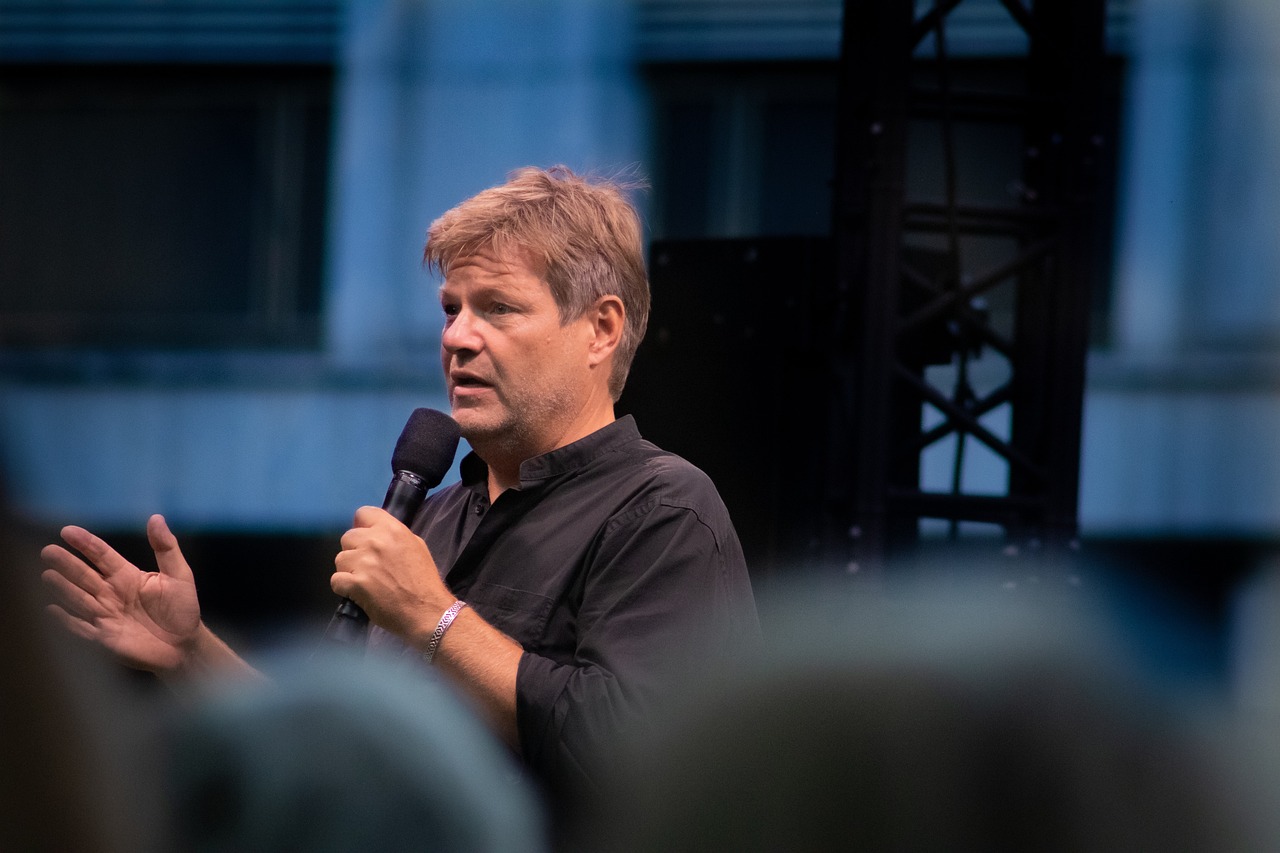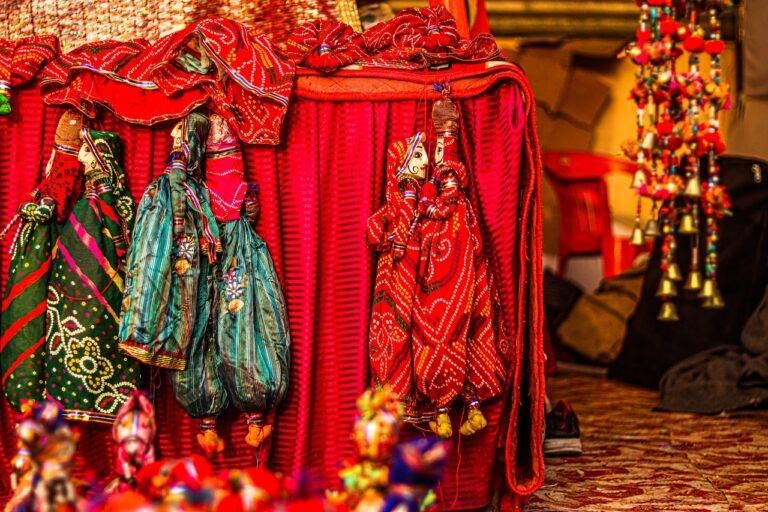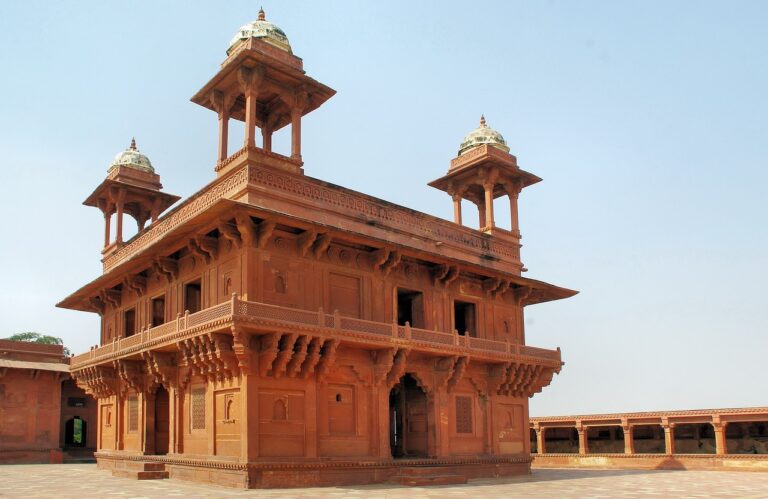Analyzing the Effectiveness of Community Arts Festivals in Political Mobilization
Community arts festivals have been a vibrant part of society for centuries, providing a platform for artists to showcase their talents and engage with the public. These gatherings often stem from a desire to celebrate local culture, foster community bonds, and promote creativity in a festive atmosphere. The roots of community arts festivals can be traced back to ancient civilizations, where communal gatherings centered around music, dance, and visual arts were integral to social cohesion and cultural identity.
Over time, community arts festivals have evolved to encompass a wide range of artistic expressions and mediums, reflecting the changing dynamics of society and artistic trends. From traditional folk festivals to contemporary street art events, these gatherings continue to play a crucial role in shaping the cultural landscape of communities around the world. The resilience and adaptability of community arts festivals attest to their enduring appeal and significance in bringing people together through the universal language of art.
The Role of Art in Political Mobilization
Art has long served as a powerful tool in sparking political mobilization and social change. Through various artistic expressions like music, visual arts, and theater, individuals are able to convey their political messages in a creative and impactful manner. Art has the ability to connect with people on a deeper emotional level, transcending language barriers and reaching the hearts and minds of the audience.
Artistic movements have historically played a significant role in mobilizing communities towards collective action and social justice causes. From the civil rights movement to recent movements addressing environmental issues and inequality, art has been a driving force behind raising awareness, igniting dialogue, and inspiring people to take a stand against injustices. By harnessing the power of art, activists and organizations are able to amplify their message and galvanize support for their causes in a visually compelling and emotionally resonant way.
Examples of Successful Community Arts Festivals
The Edinburgh Festival Fringe is a prime example of a successful community arts festival. Established in 1947, it has grown to become the world’s largest arts festival, showcasing a diverse range of performances across various venues in the city. The festival’s inclusive nature allows artists from different backgrounds and genres to participate, fostering a sense of community and creative exchange among participants and audience members alike.
Another noteworthy example is the Burning Man festival held annually in the Black Rock Desert of Nevada. Known for its emphasis on radical self-expression and communal participation, Burning Man brings together artists, performers, and participants to create a temporary city dedicated to art, music, and cultural exploration. The festival’s unique blend of creativity, collaboration, and communal spirit has attracted a dedicated following and continues to inspire similar events around the world.
What is the significance of community arts festivals?
Community arts festivals play a vital role in fostering creativity, promoting cultural diversity, and strengthening community connections.
How do community arts festivals contribute to political mobilization?
Community arts festivals can serve as a platform for social and political activism, providing a space for individuals to express their views and advocate for change through various art forms.
What are some examples of successful community arts festivals?
Some examples of successful community arts festivals include the Edinburgh Festival Fringe, Burning Man, and the Notting Hill Carnival. These festivals have attracted large audiences and have had a significant impact on their respective communities.







